Condensation on windows has been an issue since they were first made during the Roman Empire.
Although modern technology and new window installations have made it less of a common problem, that’s not to say that it doesn’t still occur.
Condensation can obstruct your view, cause damage to the window frame, and accelerate mould growth and damp problems – so it’s certainly best to limit it where possible.
Thankfully, there are several steps you can take to keep your windows crystal clear – whether you’re looking to get rid of it or prevent it entirely.
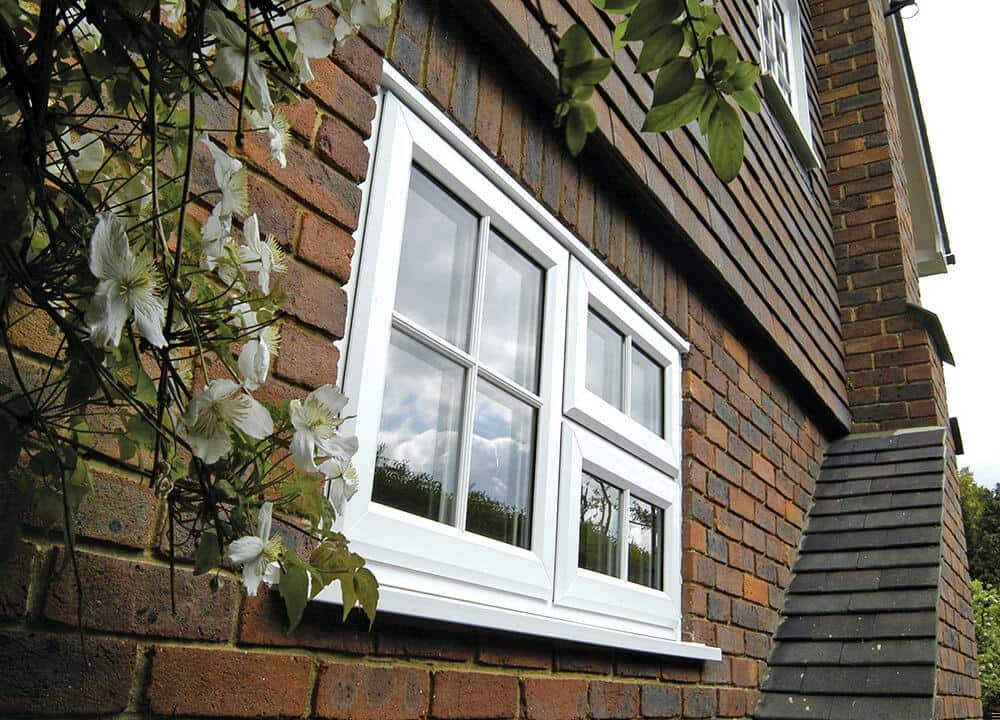
How does condensation occur?
Before delving into how to deal with it, it’s important to understand the science behind condensation.
Simply put, window condensation is a battle between temperature and moisture. Warm air holds more moisture than cold air, so when warm air encounters a cooler surface, such as a bedroom window pane, that air’s capacity to hold moisture is exceeded.
This excess moisture condenses into tiny water droplets, which form the all-too-familiar fog.
To break down how to prevent it, we’ve split this blog into two parts.
The first part is how you can deal with condensation once it’s already occurring, and the second will explore steps you can take to prevent it in the first place.
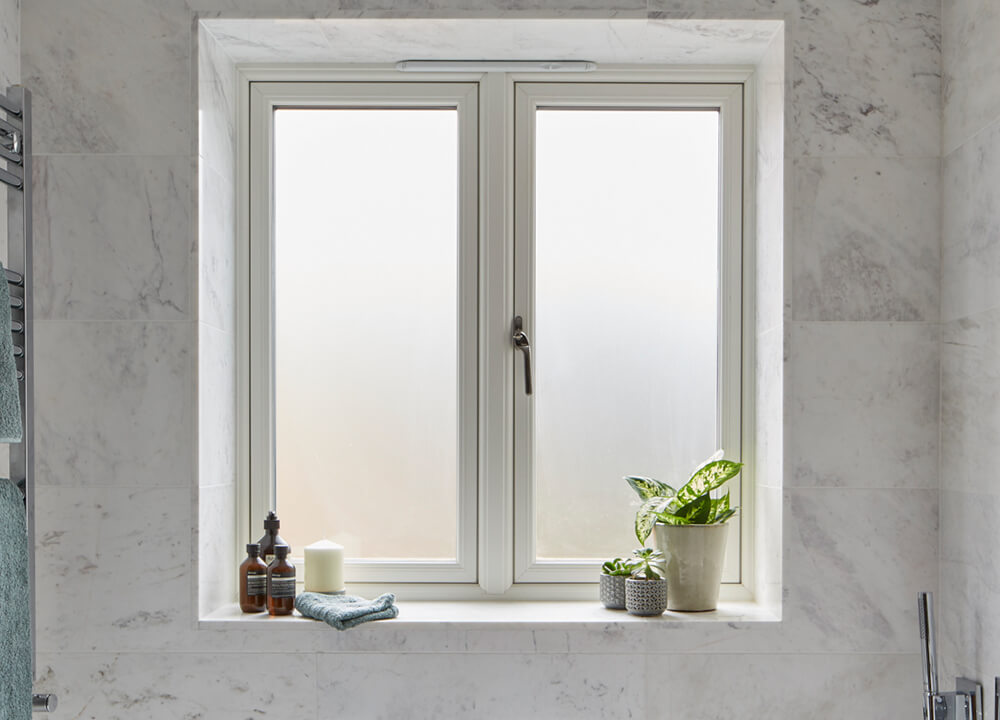
What can you do to reduce existing condensation?
Ventilation
This is often the quickest and easiest way to reduce moisture.
Opening your windows for a short period throughout the day, especially when you’re showering, cooking or drying clothes, for example, can help bring cooler air into the room and regulate any excessive moisture.
15-20 minutes of ventilation several times a day can be a hassle, especially in the colder months, but it will no doubt help you to remove condensation on your windows.
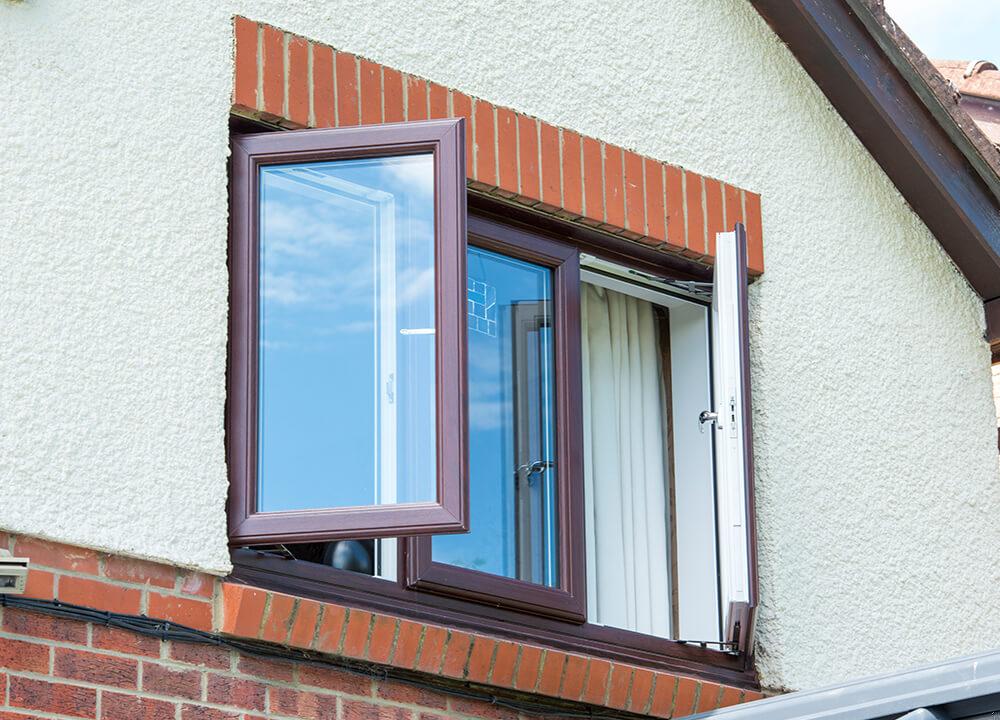
Use extractor fans
Purchasing extractor fans and placing them in kitchens and bathrooms where steam is generated can help reduce moisture levels.
When turned on, they create a low-pressure zone within the room. The pressure difference acts like a vacuum cleaner for the air, reducing the overall level of indoor humidity, and creating a drier environment that discourages condensation on walls, ceilings, and windows.
Manage your laundry habits
Wet clothes straight out of the washing machine release a significant amount of moisture into the air in the form of water vapour, which adds to your home’s overall humidity level.
Furthermore, if you’re drying those wet clothes with a heated clothes airer, or maybe they’ve just come hot out of the tumble dryer, that will create even more humid air.
That warm air holds more moisture than cool air, so the combination of this air and moisture released from clothes can create a perfect storm for condensation.
To avoid this causing too much condensation, we advise that you avoid overcrowding clothes on drying racks and try not to air-dry clothes inside. Another top tip is to put your wet laundry on an extra spin cycle, which results in less moisture. During the summer months, drying them outside is also advisable.
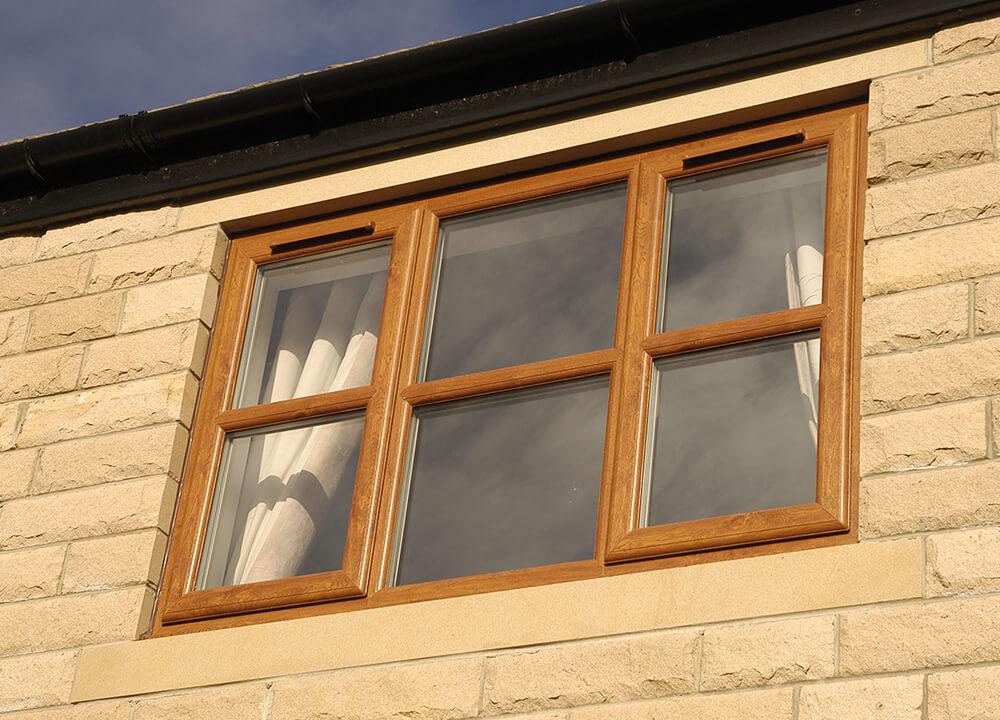
How can I prevent window condensation?
Double glazing
Condensation is far more common where single-pane windows are present.
This is because they allow heat to escape easily, which then creates a significant temperature difference between the warm interior air and the cold window glass – the climate drop on the glass makes the inner pane a prime target for condensation.
Double glazing works to effectively tackle this problem, with its two sides separated by an insulated layer making it far better equipped to reduce heat loss – being a warmer glass, hot air will affect it a lot less.
The insulated layer on the outside also prevents a large temperature difference between the inside and the outside of the window, also reducing condensation.
However, it’s important to note that even double-glazed windows aren’t immune to the effects of condensation, particularly in environments such as a bathroom – making it important to take steps such as regularly allowing fresh air into your home.
What styles of double-glazed windows can help against condensation?
At Northwich Glass, we’re proud to offer a wide variety of double-glazed window options, that are not just effective in the battle against condensation, but also boast other major perks, such as being secure, stylish and durable, as well as extremely energy efficient.
Our range is available in both uPVC windows and aluminium windows, and a wide variety of colours and finishes.
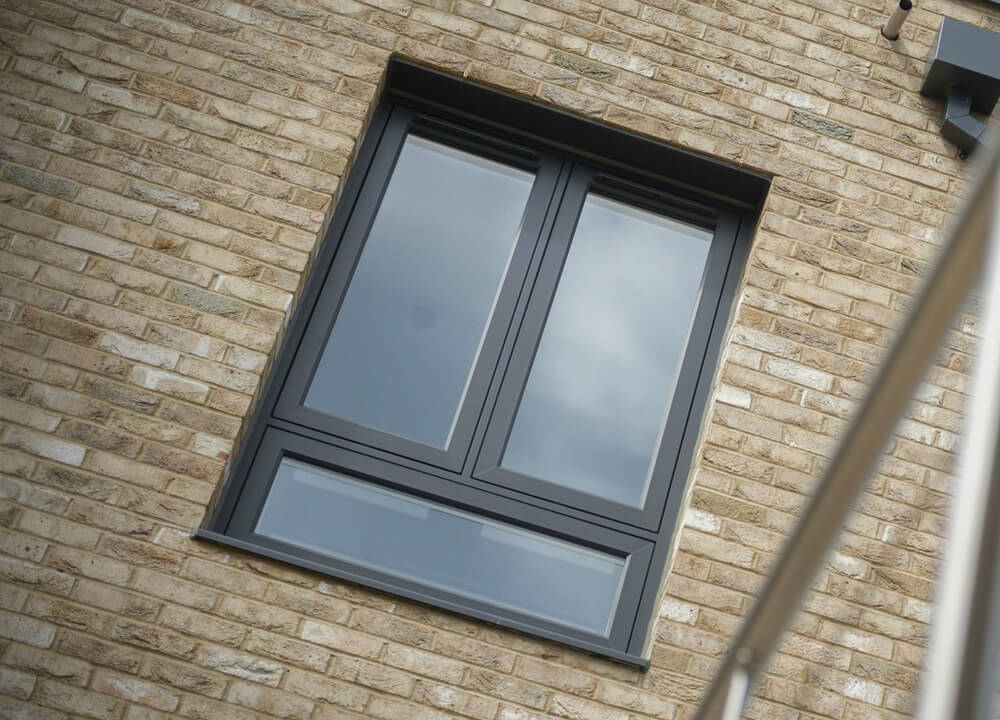
Sliding Sash Windows
We’ve noted down sliding sash windows, as they offer unrivalled levels of ventilation.
Sliding sash windows were commonplace in Georgian and Victorian properties, and consist of two framed sections, or sashes, that slide vertically to open and close.
They offer simple operation, with the use of tensioned balances, and either sash can be tilted inwards for easy cleaning.
Their ability to open partially or fully is a great asset against condensation, and we offer a variety of additional styling, such as Georgian bars and run-through sash horns.
Flush Sash Windows
Flush sash windows open in the same manner as traditional sash windows but sit completely level with the external surface when closed, creating a smooth look.
They’re a popular choice for contemporary homes looking for a sleek look, largely thanks to their clean lines and sleek minimalist design.
Just like our sliding sash windows, they are incredibly effective for combatting condensation due to the vast area that can be opened.
They strike a great mix of traditional aesthetics, whilst boasting practical modern benefits, such as having double glazing which increases energy efficiency and security whilst minimising condensation.
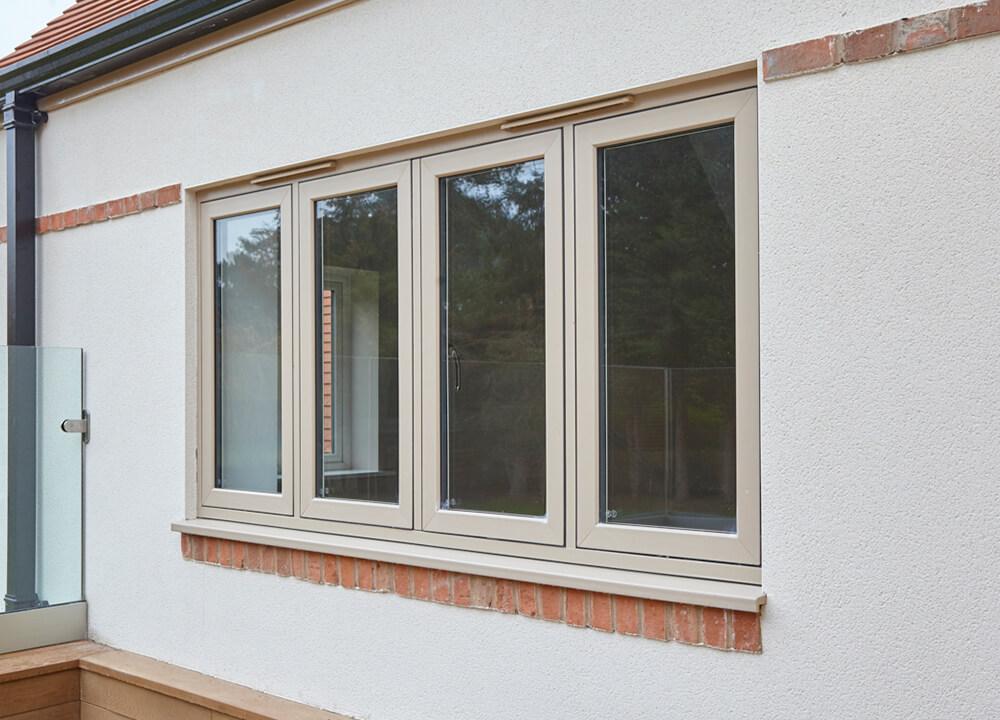
Tilt & Turn Windows
As we mentioned earlier, bathrooms are particularly prone to condensation due to hot shower water, hair drying, and the fact they’re usually located in a smaller room where it’s hard to open a window wide.
Tilt & turn windows are a brilliant way to combat this.
They have the function to tilt open, coming slightly inwards at the top by pivoting on hinges at the bottom of the frame, controlling ventilation whilst also managing privacy and security.
Though they can also turn with the pull of a handle, where the entire window can be swung inwards.
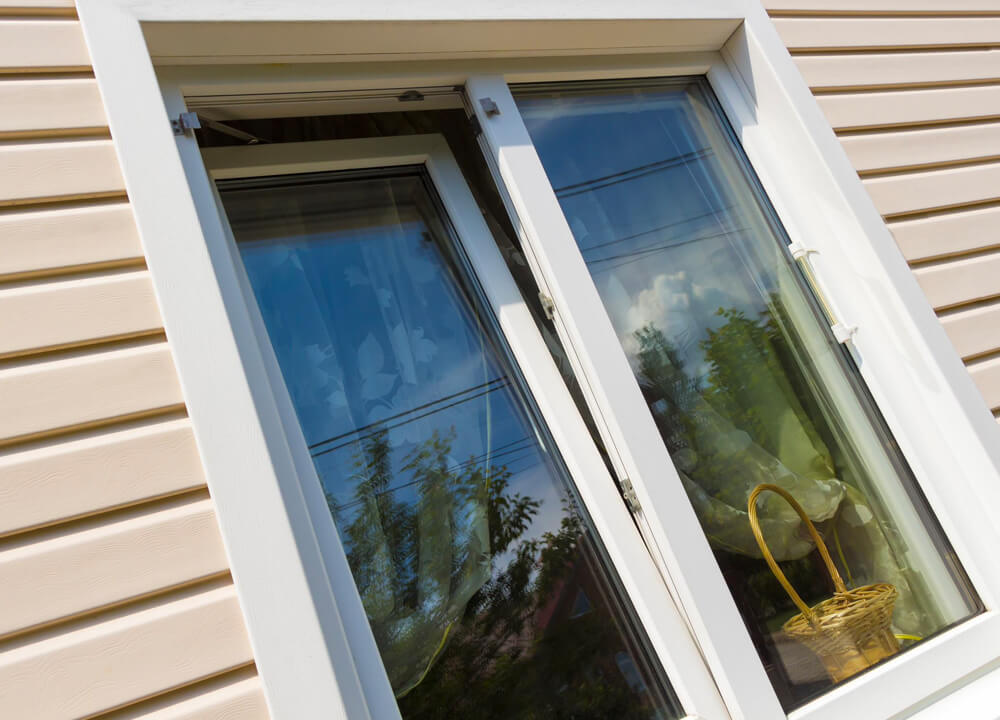
Casement Windows
At Northwich Glass, our casement windows are designed to meet the requirements of any style of home.
A hinged window that opens outwards, they are typically attached to the frame by hinges on one or sometimes two sides.
Since they open outwards, they allow for excellent ventilation, helpful to remove condensation on the windows, where you may have a clothes dryer for example.
Like all of our windows, these are available in a wide range of colours including popular options Anthracite Grey and Chartwell Green, as well as contemporary classics such as black, cream, and white.
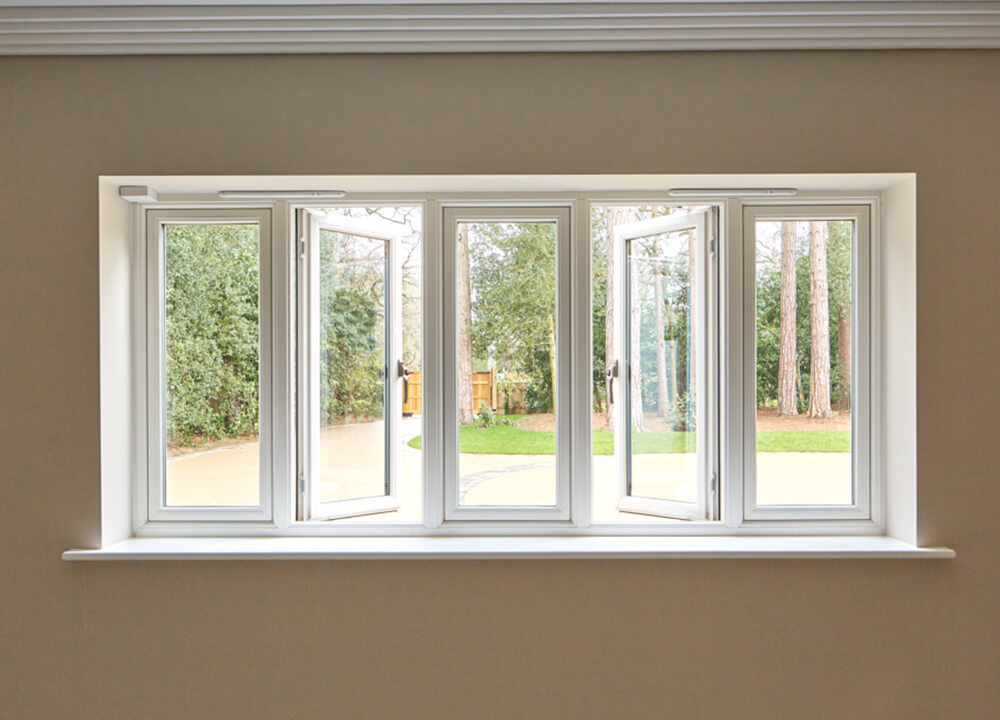
About Northwich Glass
At Northwich Glass, we’ve put our customers first since opening our doors over 60 years ago.
As a family-run business based in Cheshire, we give our clients peace of mind by handling the process from your initial enquiry, all the way through to the installation.
Our team of expert fitters and in-office staff have a wealth of industry experience on a wide range of products, and we make sure to only use the best quality double glazing products to improve your home.
Proud members of WHICH? Trusted Trader whilst being FENSA accredited, we don’t just install windows. Aside from those mentioned above, we’re also experts on all kinds of doors, replacement roofs, and roof lanterns.
If you’re interested in taking things further, or have a general enquiry, we’d love to hear from you on 01606 810 000, or via reception@northwichglass.co.uk
Alternatively, we’d love to welcome you to our Northwich showroom.


